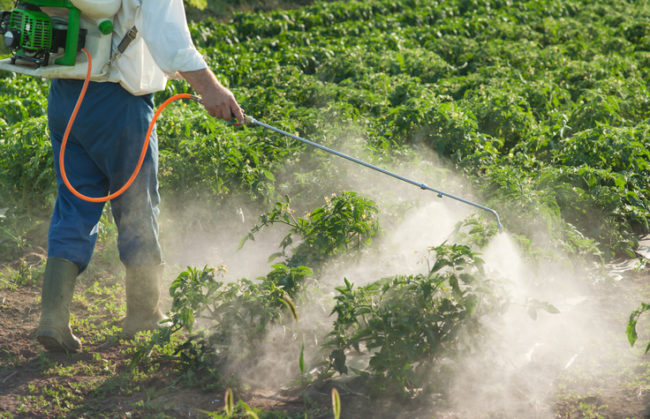There have been several notable updates regarding glyphosate. First, and notwithstanding the US EPA’s long maintained position that glyphosate is not likely to be carcinogenic to humans, earlier this month, another US agency, the U.S. Department of Health and Human Services’ Agency for Toxic Substances and Disease Registry (ATSDR), issued a draft report on the Toxicological Profile for Glyphosate.
The draft ATSDR report was reportedly conducted over the past several years. The report states that, among other things, “a possible association between exposure to glyphosate …
Continue Reading









